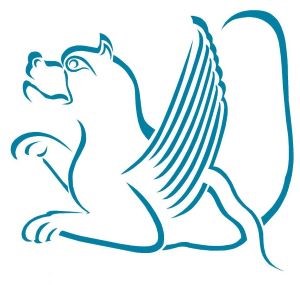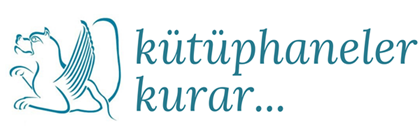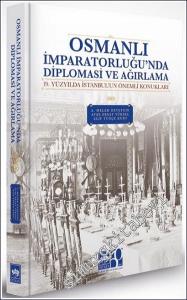
It must have been a despairing task to write this book. The writings left behind by medieval Arab physicians form an enormous corpus, much of which has been printed in atrocious, unreliable editions, or remains only in manuscript. In choosing Majusi as his guide, Ullmann reduced the task to manageable proportions. But he thereby also sacrificed much. Majusi depended heavily on the works of Galen, and aimed to produce a comprehensive handbook; he thus represents the chief, purely "scientific" branch of Islamic medicine. Competing traditions receive short shrift, and there is virtually nothing about the actual practice of medicine (only a handful of cases histories -- the feature that makes the Hippokratic *Epidemics* still such compelling reading today -- appear in connection with treatment of the plague) or about medicine in its social and cultural context. These omissions result also in part from Ullmann's slightly old-fashioned approach, evident again in his comparisons of medieval medical knowledge with our own. Nor does Ullmann have much to say about the contribution of Persian, Egyptian, or Indian medical traditions and practices to Islamic medicine.
If these deficiencies are borne in mind, however, *Islamic Medicine* can still provide a solid, though somewhat out-of-date (the book was first published in 1978), introduction to the academic and scientific tradition in Islamic medical writing.
It must have been a despairing task to write this book. The writings left behind by medieval Arab physicians form an enormous corpus, much of which has been printed in atrocious, unreliable editions, or remains only in manuscript. In choosing Majusi as his guide, Ullmann reduced the task to manageable proportions. But he thereby also sacrificed much. Majusi depended heavily on the works of Galen, and aimed to produce a comprehensive handbook; he thus represents the chief, purely "scientific" branch of Islamic medicine. Competing traditions receive short shrift, and there is virtually nothing about the actual practice of medicine (only a handful of cases histories -- the feature that makes the Hippokratic *Epidemics* still such compelling reading today -- appear in connection with treatment of the plague) or about medicine in its social and cultural context. These omissions result also in part from Ullmann's slightly old-fashioned approach, evident again in his comparisons of medieval medical knowledge with our own. Nor does Ullmann have much to say about the contribution of Persian, Egyptian, or Indian medical traditions and practices to Islamic medicine.
If these deficiencies are borne in mind, however, *Islamic Medicine* can still provide a solid, though somewhat out-of-date (the book was first published in 1978), introduction to the academic and scientific tradition in Islamic medical writing.











